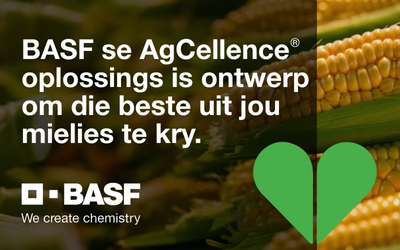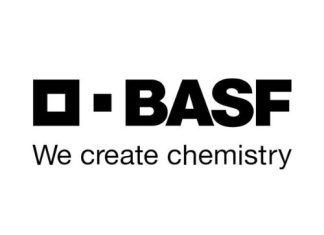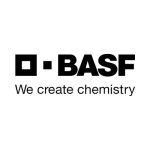Food safety and safe production of agricultural products are very important. Act 36 of 1947 (Fertilizers, Farm Feeds, Agricultural Remedies and Stock Remedies Act) plays an integral role in facilitating this process in combination with other acts. However, this is the main act directly relevant for grain producers since it regulates the use, registration, and quality of agricultural inputs such as pesticides, herbicides, and fertilisers. The risk of chemical residues is probably the highest food safety risk.
Why Act 36 is important for grain producers
- Input quality control: The act ensures that products used on crops meet safety and effectiveness (efficacy) standards. During the registration process, agricultural remedies are tested thoroughly in different production regions and over different seasons for efficacy and safety, which include residue testing and ensuring that residues are below the allowed maximum residue levels (MRLs).
- Legal compliance: Producers must use only registered and approved remedies and products, helping avoid penalties and crop losses. When agricultural remedies are used outside of their legal registered uses, producers are not covered in the case of ineffective remedies which might cause phytotoxicity or crop losses.
- Environmental and consumer safety: It helps reduce harmful residues in food, residues in the soil, and environmental damage.
- Market access: Compliance with Act 36 supports access to local and international markets that demand traceability and quality assurance.
In short, Act 36 helps grain producers maintain crop health, yield quality, and legal and market compliance.
Risks of ignoring agrochemical label guidance
When grain producers fail to follow agrochemical label instructions, the consequences can be serious. To start with, it is illegal. Furthermore, improper application may damage crops, reduce yields, and lead to chemical-resistant pests and weeds. It can also harm humans, animals, and the environment, pose health risks, and contaminate water sources.
Additionally, misuse can result in legal penalties, rejected grain due to the exceedance of residue limits, and financial losses. Chemical residues in fields can also have an impact on crops to follow. Following label guidance is essential for safe, effective, and sustainable grain production.
MRLs are the highest levels of pesticide residues legally allowed in food products. These limits are set to protect consumer health and are enforced by both local and international regulatory bodies. Ignoring label instructions can increase the risk of exceeding MRLs, which can lead to rejected local stock, shipments, loss of export opportunities, and even legal penalties.
Consequences of exceeding MRLs limits in grain production
In today’s competitive agricultural markets, grain producers must meet high standards to remain viable and profitable. One critical requirement is adherence to MRLs – the legally permitted levels of pesticide residues in food products. These limits are set to protect consumer health and are strictly monitored by regulatory bodies, both locally and internationally.
Market rejection and loss of income
Grain shipments that exceed MRLs can be rejected by buyers, particularly in export markets with strict food safety standards. This can lead to significant financial losses as contaminated grain may need to be destroyed or sold at a much lower price to alternative markets.
Legal and regulatory penalties
Exceeding MRLs can result in regulatory actions such as fines, product recalls, and even suspension of licenses or certifications. Non-compliance may also harm relationships with buyers, co-ops, and agribusiness partners who rely on consistent quality assurance. In some instances, based on legal agreements, the producer can be held liable for the financial losses of the whole contaminated storage bin.
Damage to reputation
In the age of transparency and traceability, repeated violations of MRL standards can damage a producer’s reputation, affecting long-term business relationships.
Impact on human health and food safety
Above all, exceeding MRLs poses a risk to human health, undermining food safety and potentially exposing consumers to harmful chemical levels. This can lead to public health concerns and stricter regulatory scrutiny across the industry.
If grain producers in South Africa do not adhere to Act 36 of 1947, several serious consequences can arise, both legally and operationally:
1. Legal consequences
- Fines or prosecution: Non-compliance can result in heavy fines or legal action.
- Loss of licenses: Suppliers and producers may lose the right to sell or use agricultural remedies.
- Farm audits and sanctions: Non-compliance may trigger investigations by regulatory authorities like the Department of Agriculture, Land Reform and Rural Development.
- In some instances, legal contract can force producers to cover the financial losses of the purchaser if the MRLs are found to not be in line. This could mean the recovery of a whole bin.
- Disregarding regulatory processes that aim to protect consumers and farmworkers, results in the reputation of the entire industry being jeopardised, leading to loss of products available to producers.
2. Crop and environmental risks
- Crop damage or failure: Using unregistered or poor-quality products can harm crops or reduce yield and in various instances increase weed resistance.
- Soil degradation: Misuse of inputs can negatively affect long-term soil fertility and health.
- Water contamination: Improper use of chemicals can pollute nearby water sources.
3. Market access issues
- Export restrictions: Non-compliant products may be rejected in local or international markets due to residue levels or traceability failures.
- Loss of contracts: Buyers, especially larger food companies or exporters, often require strict compliance with legislation like Act 36.
4. Reputation damage
- Producers seen as non-compliant may lose trust from stakeholders, cooperatives, and buyers.
Summary
Non-adherence to Act 36 can lead to financial loss, legal trouble, environmental harm, and damaged business prospects. It can result in the retraction of export markets, damaging the whole industry. It is in a grain producer’s best interest to comply with the act for both sustainability and profitability.
Grain SA is continuously working with the Registrar of Act 36 and the value chain to improve the process of registration and to ensure that a sustainable basket of products is registered for utilisation on the relevant crops and pests.




























